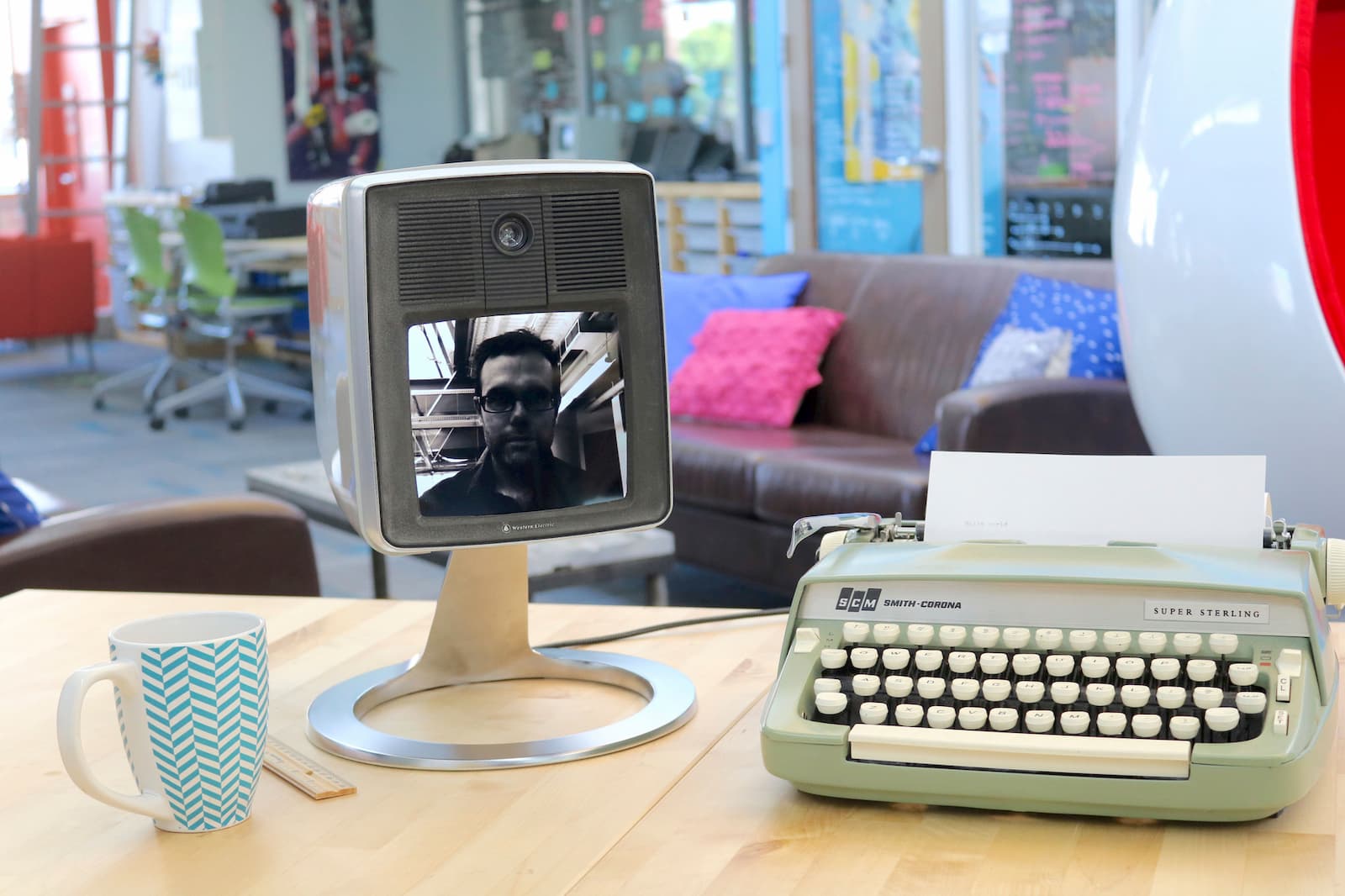
It’s hard to imagine living through the last few months without getting to hang out with our loved ones over video calls. We're into the fourth month of pandemic-driven social distancing and shelter-in-place measures (though some of those are easing), and it's been a long time since many of us have been able to safely hug our family and friends. Zoom, Skype, Houseparty et al have helped us close that physical gap to a certain degree, so video calls have been a godsend for millions.
Most people can fit everything they need for a FaceTime or Google Duo call in their pockets these days. We've come a very long way since the first-ever commercial video calling service.
Fifty years ago today, the first public Picturephone Mod II call took place between Pittsburgh mayor Peter Flaherty and Alcoa CEO John Harper. It was the first videophone you could install at your home or office, and 38 of them were in use across eight Pittsburgh companies on July 1st, 1970, when AT&T’s network went live
To mark the anniversary, the current Pittsburgh mayor William Peduto and Alcoa chairman Michael G. Morris are taking part in a video call today. Afterwards, a panel of Carnegie Mellon scholars are holding a Q&A about the history and legacy of the Picturephone. You can watch the livestream here.
Carnegie Mellon has a couple of Mod IIs in its possession, and it brought one of the devices up to date. It can run modern video conferencing software such as Zoom and Skype. The university's School of Computer Science also created a website full of fascinating details and documents about the history of video calling.
That storied past actually stretches much further back than 1970. The concept of video calling emerged alongside the advent of the phone and cinema almost a century before that. Technology didn’t catch up with that flight of fancy until the 1920s. In early closed-circuit systems, you'd have a camera and a TV, which were hardwired to a similar setup in another location, to let you chat with someone else via video. So, you couldn't just call anyone, and you'd need to arrange a time to speak with another person (sorta) face-to-face.
In the 1930s, AT&T started developing a system that would allow it to stream video over its switched telephone network, rather than via dedicated cables. It showcased a prototype at the 1939 World's Fair, but it wasn't until 1964 that AT&T launched the Picturephone Mod I with public booths in New York, Washington and Chicago. As with the earlier closed-circuit system, you and the person you wanted to speak with would need to agree on a time and make reservations on each end. That convoluted, expensive setup -- a three-minute call would cost around $133 in today's dollars -- didn’t exactly draw huge crowds. The booths only stayed open for a few years.
With the advent of smaller cameras, and advancements in signal compression, switchboards and circuitry, AT&T was able to create the Picturephone Mod II for home and office use. It had a 5.5- by 5-inch black and white screen, with a 250-line resolution and a refresh rate of 30 interlaced frames per second. The camera had a resolution equivalent to 0.8 megapixels.
The Mod II had an integrated mirror, too, which you could flip to either show yourself or documents on your desk or table -- basically, an early form of screen sharing. AT&T charged $160/month to use it, the equivalent of a whopping $1,092 today, and you’d get a generous 30 minutes of call time.
Perhaps unsurprisingly, the device didn't take off. Only 450 or so Mod IIs were in use by 1973. The company had projected that 100,000 Picturephones would be active on its network by 1975.
The company, which plowed half a billion dollars into videophone research and development from the 1950s to the early '70s, kept trying to make various incarnations of Picturephone a success until the ‘90s. It failed because of high costs, low demand and a supposed widespread societal reluctance not to be seen over the phone.
Now, of course, billions of people have smartphones, tablets and computers with webcams, and many of us are more than happy to thrust our faces onto the internet and share our visages in video calls. Changed days, indeed. The Mod II might not have been the game changer AT&T had hoped at the time, but it was a key milestone in video calling technology. It's certainly worth celebrating.
Взято отсюда